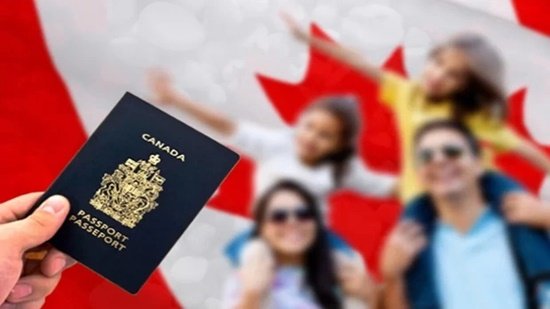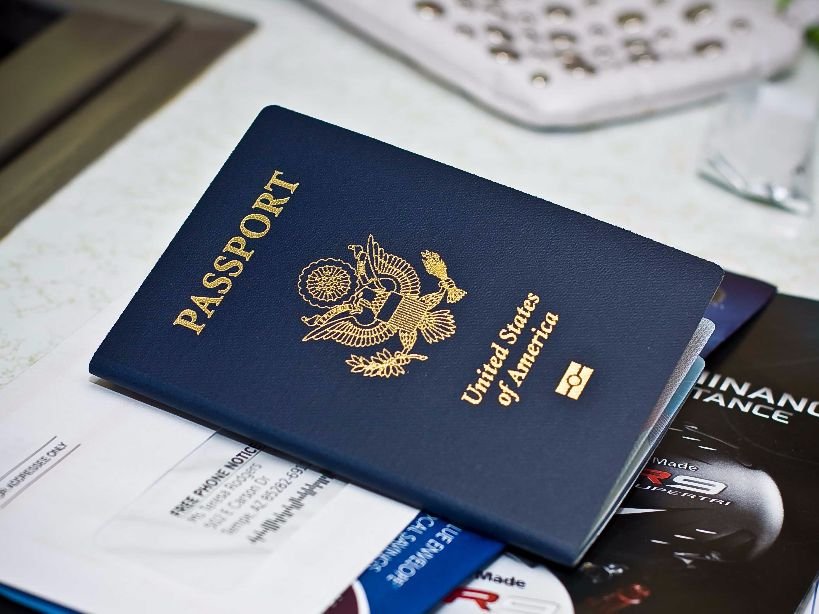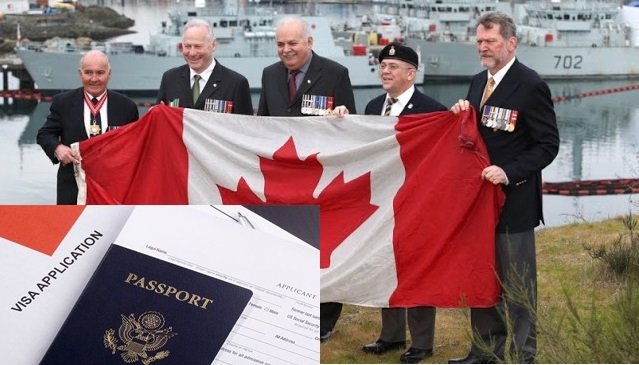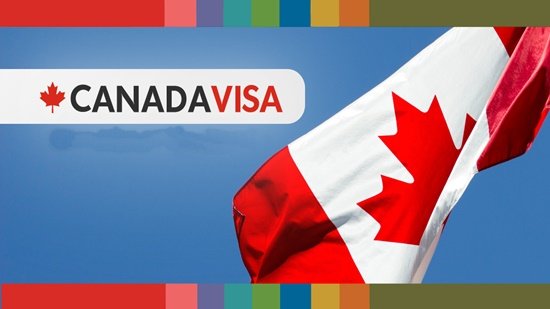6 Different Canada Immigration Pathways
Canada immigration is an exciting and all-encompassing process that can lead to the opportunity of a lifetime. There are six different Canada immigration pathways, which are each compiled with the important details to know about these pathways. This blog post will provide you with an overview of each pathway for your own benefit.
There are six different types of Canadian immigration pathways:
Canada Immigration Pathways
1. Permanent Residence
2. Temporary Residence
3. Refugee Status
4. Canadian Citizenship
5. Family Class Immigration
6. Provincial Nominee Program
a) Quebec and Immigrant Investor Programs
b) Atlantic Immigration Pilot Program
c) Alberta Immigration Innovation Program
Canada Permanent Residence (Canadian Citizenship)
Canadian citizenship is a permanent residency that allows you to live and work in Canada indefinitely. If you’re interested in becoming a Canadian citizen, it’s vital that you first have a strong immigration history. It also helps if your spouse or partner has been living in Canada for at least 10 years and holds Canadian citizenship.
If you meet these requirements, then you can apply for permanent residence by submitting an application for permanent resident status (PR) along with supporting documents and processing fees.
Canada Temporary Residence (Temporary Resident Permit)
A Temporary Resident Permit is an immigration document granted to non-citizens for a period of time. This document gives you the right to live and work in Canada during that period of time. A Temporary Resident Permit can be granted for periods ranging from two years up to ten years. This means that this type of Canadian immigration pathway is suitable for people with shorter stays in Canada, as well as those who want to stay temporarily without having to go through the Canadian immigration process again.
To apply for a Temporary Resident Permit, you must meet certain requirements such as successfully completing the necessary medical exams and providing other required documents, such as a police certificate and proof of employment.
Refugee Status
Refugee status is a way for people who have been persecuted to be granted refugee protection. Some types of persecution that would qualify for refugee status include sexual orientation, gender identity, race, nationality, political opinion, or religion. If you have been persecuted and claim refugee status in Canada, you can apply for permanent residence after one year in Canada as a permanent resident.
Canadian Citizenship
If you are a permanent resident of Canada and want to become a Canadian citizen, you must go through this process. To be eligible for Canadian citizenship, you must have lived in Canada for at least three out of the last five years (unless it’s your first time applying) and demonstrate good moral character. This requirement is waived if you are a child under 18.
This pathway is also known as “landed immigration.”
You will be required to reside in Canada for at least four of the six years before applying. In addition, you would need to have sent one of your children to school or work in Canada.
Family Class Immigration
If you have family members in Canada, you are eligible to apply for a Canadian immigration pathway through the family class. This includes your spouse, common-law partner, dependent children, and parents. If they can prove they have the skills, education level, and language abilities to support themselves financially in Canada, then they can be approved. If they don’t have these skills or knowledge of English or French, they will need to complete one of the other pathways first.
Canada Temporary Worker Program
The Canada Temporary Worker Program (CTWP) allows individuals from other countries to enter Canada temporarily for up to three years.
There are two major types of programs with the CTWP: the International Experience Canada (IEC) program and the International Mobility Program for Students and Professionals (IMP). The IEC is a three-year work permit program, while the IMP is six-month work permit program for students or professionals.
Individuals in these programs can live and work anywhere within Canada during their stay in Canada. They can also apply for permanent residency after their stay ends if they meet certain requirements.
In order to be eligible for either of these programs, you must meet certain criteria like being an international student or professional or being a skilled worker whose services are required by the Canadian government.
Provincial Nominee Program
The Provincial Nominee Program is a Canadian immigration process that lets people apply for permanent residence in Canada. The program was created to help immigrants from smaller provinces or regions. If you are from one of these smaller provinces or regions, then the Provincial Nominee Program could be an option for you. This means that if you are from an area with a small population, it may make more sense for you to look into the Provincial Nominee Program rather than other Canadian immigration processes like the Express Entry or Quebec Skilled Worker Program.
Canada Express Entry
Canada Express Entry is a selection system for processing permanent residence applications for individuals who meet the requirements of Canada’s Express Entry program, which was launched in January 2015.
The Express Entry program makes it easier to immigrate to Canada than ever before by streamlining the process and eliminating many of the barriers that have traditionally been faced.
Canada Immigration Without Citizenship
If you don’t want to become a Canadian citizen, it is possible to stay in Canada without becoming a Canadian citizen. You can apply for permanent residence in Canada if you are a foreign worker and have a job offer or if you are the spouse of a Canadian citizen. If you want to stay in Canada for longer than five years, applying for permanent residence will allow for this.






